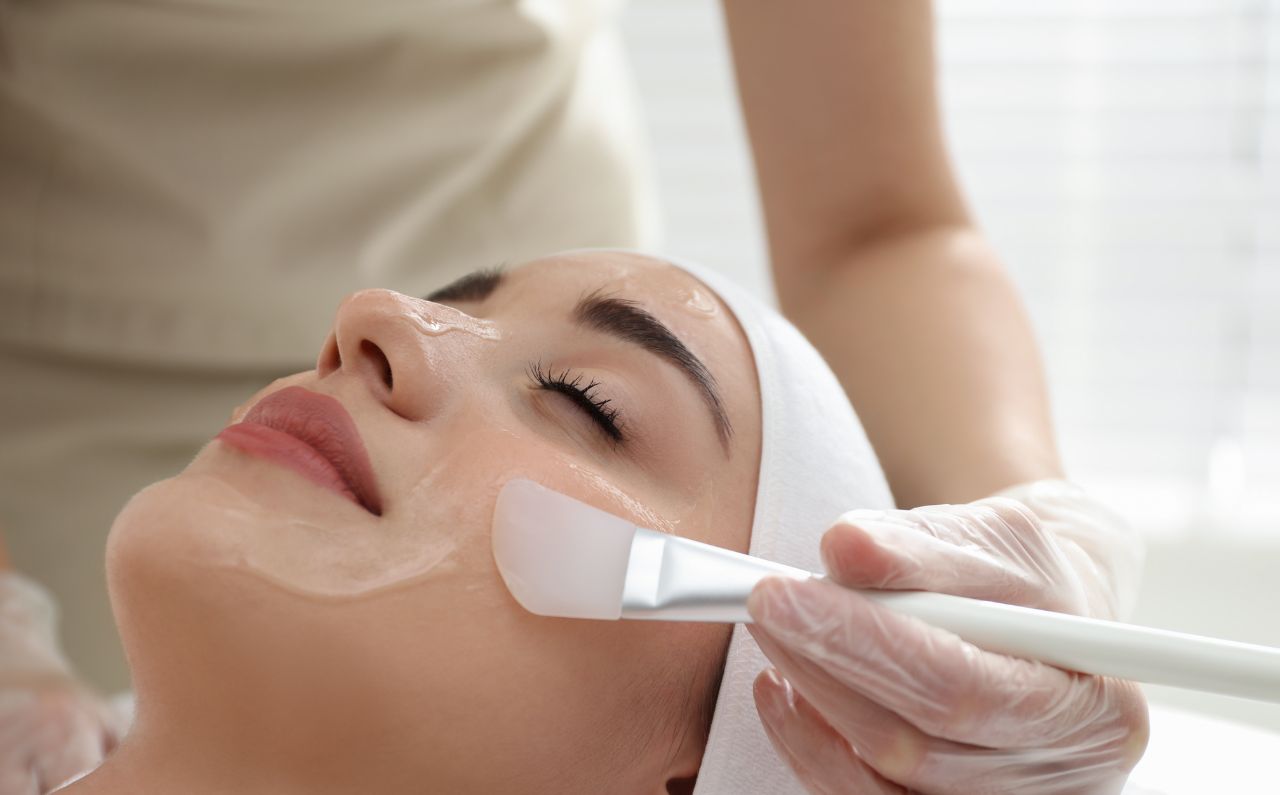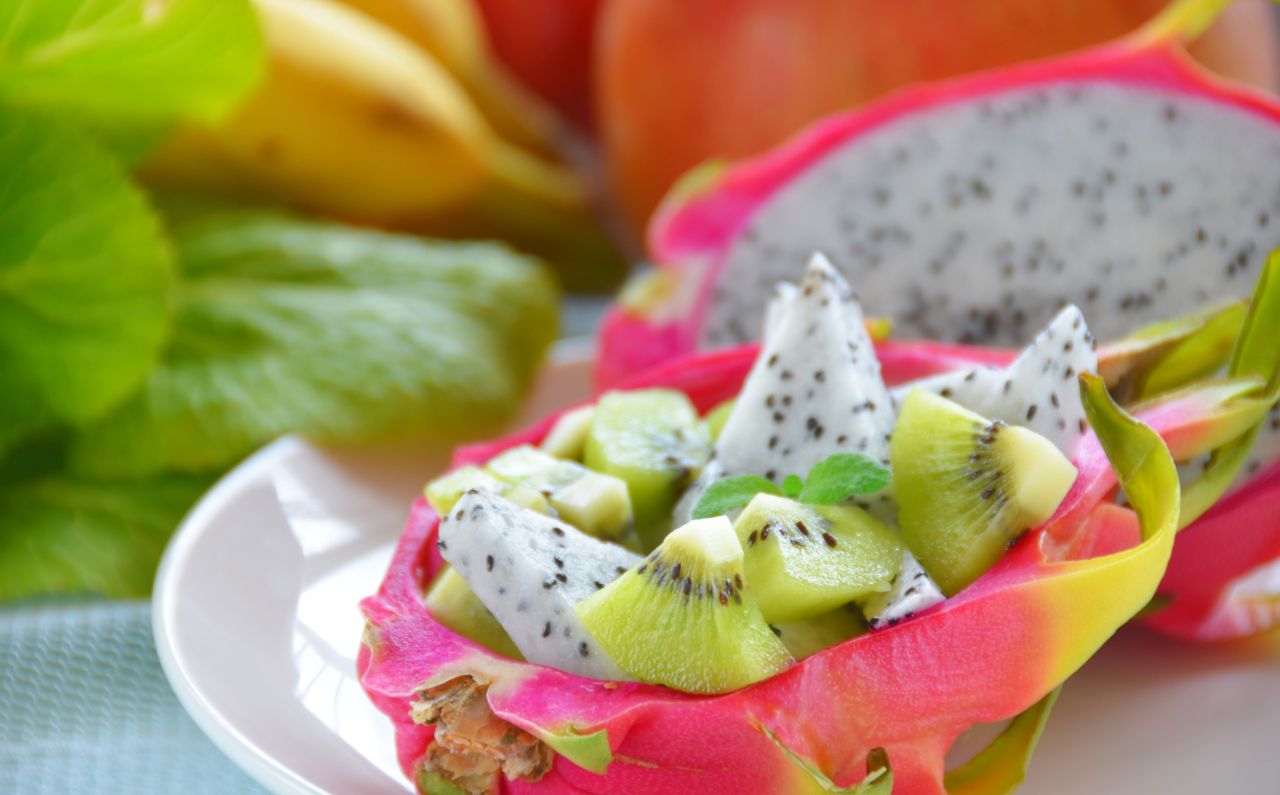Living in Kuala Lumpur means basking in year-round sunshine, breathing air thick with urban haze, and sweating through midday humidity that rivals a rainforest.
While the tropical climate is great for lush greenery, it challenges skin health—especially when it comes to hyperpigmentation. Dark patches on cheeks, a tell-tale “moustache” shadow on the upper lip, sunspots sprinkled across shoulders—these marks are nothing more than clusters of over-zealous pigment cells trying to defend you from perceived threats.
The mission of this guide is twofold: first, to reveal every major trigger that urges melanocytes into overdrive; second, to demonstrate how an integrated, science-driven plan at Millennium Clinic Kuala Lumpur dismantles each trigger in sequence until even, glowing skin reappears.
Defining Hyperpigmentation in Everyday Language
• Melanin is your skin’s built-in umbrella—tiny granules that absorb UV radiation so DNA in deeper layers stays safe.
• When danger signals (UV rays, inflammation, hormonal shifts) escalate, the pigment-production factory pushes overtime shifts, ejecting more melanin than neighbouring cells need.
• Extra pigment clumps into visible patches; on lighter complexions those appear tan or brown, on richer tones they surface as espresso or blue-grey.
• Hyperpigmentation itself is medically harmless, yet it visibly ages skin, distorts makeup undertones, and can erode self-confidence during job interviews, wedding photos, or bare-faced weekends.
Why Kuala Lumpur Residents Face Elevated Risk

• Near-equatorial latitude bathes the city in UVA and UVB all year; even “cloudy” monsoon skies allow over 80 % of UVA to penetrate.
• Ambient temperatures hover above 30 °C, widening pores and accelerating biochemical reactions inside the skin that intensify pigment formation.
• Diesel exhaust particles coat perspiring faces, generating free radicals that inflame epidermal layers and tell melanocytes to ramp up defence pigment.
• Many Malaysian ethnicities fall into Fitzpatrick skin types III–V, naturally primed to produce more melanin—and therefore more likely to develop visible patches when triggers arise.
Master List of Pigment Triggers and Targeted Fixes
• Sun Exposure
– Ultraviolet radiation is enemy number one; one afternoon in direct rays can undo weeks of brightening-serum progress.
– Daily SPF 50, broad-spectrum and mineral-based, forms first-line armour. Millennium Clinic’s pharmacists dispense an ultralight zinc-oxide fluid that disappears on all tones and withstands humid sweat.
– Physical shields—wide-brim hats, UV-filter sunglasses, sun umbrellas—cut surface dose further.
– Avoiding 10 a.m. – 4 p.m. errands limits peak exposure without costing social life.
• Post-Inflammatory Hyperpigmentation (PIH)
– Any trauma—acne squeeze, eczema scratch, mosquito bite—can spark melanocyte hyperactivity, especially on melanin-rich skin.
– Hands-off discipline is step one: no picking pimples, no scab “speed removal.”
– Soothing actives (niacinamide 5 %, panthenol, centella) calm the inflammatory cascade; Millennium’s compounding lab blends custom formulations free of fragrance and drying alcohol.
– In-clinic LED red-light sessions reduce redness and throttle pigment cascade before it cements into brown.
• Hormonal Flux (Melasma)
– Oestrogen and progesterone swings during pregnancy, contraceptive use, or perimenopause amplify tyrosinase—the enzyme that synthesises melanin.
– Unlike freckles, melasma patches span both sides of the face in symmetrical wings across cheeks, upper lip, and forehead.
– Sun avoidance is non-negotiable; UVA is melasma’s co-conspirator.
– Millennium physicians stabilise hormones with calibrated oral or topical therapies, then layer tranexamic-acid serums and gentle laser toning to fade existing patches.
• Cumulative Aging
– Forty or fifty birthdays translate into thousands of sun-exposure hours; DNA repair slows, leaving melanocytes free to misfire.
– Antioxidant armies—vitamin C, ferulic acid, resveratrol—neutralise free radicals before they flip pigment switches.
– Retinoids at night push fresh cells toward the surface, thinning age spots gradually.
– For stubborn lentigines, Millennium deploys Pico-second laser pulses that shatter pigment granules quicker than thermal heat can scar.
• Genetic Blueprint
– Two people may spend equal hours in the sun, yet only one sprouts dark patches—family history and melanin biology decide susceptibility.
– Accepting predisposition spurs preventive vigilance: stricter SPF discipline, earlier professional screening, and regular Visia imaging to spot micro-patches before they bloom.
• Medication & Illness
– Certain drugs—minocycline antibiotics, antimalarials, chemotherapy agents—deposit pigment inside dermal layers or heighten UV sensitivity.
– Medical conditions like Addison’s disease darken creases and scars due to systemic hormone shifts.
– Millennium’s multidisciplinary roster includes internal-medicine consultants who liaise with prescribing physicians to explore alternative therapies, whenever feasible, to protect skin aesthetics without compromising core health.
First-Line Brightening Arsenal at Home
• Vitamin C (15 % L-ascorbic acid)
– Antioxidant that blocks free radicals and quenches tyrosinase activity.
– Use each morning under sunscreen; Millennium’s silicone-encapsulated formula prevents quick oxidation in humid air.
• Niacinamide (5 %)
– Strengthens barrier, reduces redness, and slows pigment transfer from melanocyte to keratinocyte.
• Retinoids (0.025 %–0.05 % tretinoin)
– Boosts cell turnover, sheds pigmented corneocytes faster. Start twice weekly to sidestep irritation, then titrate upward.
• Azelaic Acid (10 %–20 %)
– Dual action: antibacterial for acne sufferers plus tyrosinase inhibition for pigment.
• Sunblock Discipline
– Reapply every three hours outdoors and after towel-drying at the gym. The clinic’s mineral powder SPF makes top-ups easy over makeup.
Consistency is king: eight to twelve weeks of nightly actives is typical before sizable fade lines appear. Millennium aesthetic coaches schedule fortnightly check-ins to adjust potency and cheerlead patience.
Professional-Grade Interventions When DIY Plateaus

• Pico-Second Laser
– Delivers energy in trillionths of a second, fracturing pigment clusters without heat. Safe across diverse Fitzpatrick tones.
– Most clients need three to five passes, spaced four weeks apart. Downtime: faint redness, gone in hours.
• Fractional CO₂ or Er:YAG
– Best for pigment locked inside texture irregularities or mixed with acne scars. Micro-columns of ablation stimulate new collagen while lifting darkened layers. Downtime: three to six days of social redness, easily covered by mask.
• Chemical Peels
– Salicylic, glycolic, lactic—or for deep dermal pigment, trichloroacetic acid in controlled percentages. Peels loosen glue between cells, pushing dull, stained flakes off en masse.
• Microneedling Plus Tranexamic-Acid Infusion
– Pen-driven micro-channels deliver pigment-blocking serum deep into the epidermis. Coupled PRP add-on accelerates healing and brightens post-treatment glow.
• Mesotherapy Cocktails
– Tiny injections of glutathione, peptides, and vitamins lighten diffuse darkness when lasers are contraindicated (e.g., pregnancy).
Every device room at Millennium Clinic maintains hospital-standard sterility, and safety protocols adjust fluence based on pre-treatment melanin spectroscopy, ensuring efficacy without rebound hypermelanosis.
Building a Prevention-First Lifestyle

• Start each morning with antioxidant-rich breakfasts—dragon fruit, kiwi, and matcha—to internally neutralise free radicals.
• Swap lunch soft drinks for water flavoured with cucumber and mint; hydration boosts skin’s repair enzymes.
• Stream twenty minutes of low-impact HIIT or yoga daily; movement enhances micro-circulation, shuttling pigment breakdown by-products out via lymph.
• Quality 7-hour sleep windows empower DNA-repair proteins and keep cortisol in check—stress hormones worsen pigment retention.
• Regular wardrobe rotation: UV-protective umbrellas for mid-day errands, arm-sleeve gaiters for long drives, polarised sunglasses to shield under-eye skin.
Financial Transparency and Tailored Packages
• Vitamin C plus niacinamide starter kit: RM 240, lasts two months.
• Three-session chemical-peel series: RM 1 800 including post-peel recovery cream and digital progress scans.
• Pico-laser trilogy bundle: RM 4 900, interest-free six-month instalments.
• Scar-Plus-Pigment overhaul (two fractional lasers, two PRP microneedling, topical kit): RM 7 400 with complimentary Visia scans at baseline, mid-point, and finale.
Unlike teaser ads listing suspiciously low “from” prices, Millennium’s quotation sheets include anaesthetic, after-care ointments, follow-up reviews, and GST—so wallets don’t suffer post-treatment sticker shock.
Real-World Turnarounds
• Suraya, 27 – Melasma butterfly across cheeks intensified after her first pregnancy. Adopted clinic’s mineral sunscreen, daily tranexamic-acid serum, three Pico sessions. Nine-month comparison scan: pigment density down 68 %, bank balance intact thanks to instalments.
• Hafiz, 34 – Post-acne PIH and mild boxcar scars. Underwent two fractional CO₂ passes plus PRP. Friends now ask if he switched cameras; it’s just resurfaced skin.
• Madam Chan, 55 – Age spots on hands and décolletage removed via Q-switched laser, followed by retinoid hand cream each night. Says she stopped using foundation on neck for the first time in a decade.
Common Mistakes That Stall Progress
• Relying on “natural” lemon-juice hacks—citric acid irritates, leading to darker rebound pigmentation.
• Using hydroquinone without professional guidance—overuse triggers ochronosis, a stubborn blue-black discoloration.
• Skipping sunscreen “indoors”—UVA streams through office windows all day.
• Combining multiple strong actives at random—acid burn leads to more PIH, not less.
Step-By-Step Action Plan
• Log current skincare, diet, and sun-exposure habits for one week; patterns often highlight hidden culprits.
• Book Visia imaging at Millennium Clinic; see UV damage invisible to naked eye.
• Start antioxidant plus sunscreen routine immediately—pre-conditioning skin improves tolerance to upcoming procedures.
• Enrol in appropriate package; lean on interest-free payment schedules to keep finances steady.
• Attend every follow-up; mid-course laser energy is tweaked based on live results, preventing plateau.
• Commit to quarterly maintenance—one peel or laser-light pass—because melanin memory never entirely sleeps.
Final Word
Hyperpigmentation may feel stubborn, but it is rarely unbeatable. When root causes—UV assault, hormonal tides, inflammation, genetic tendencies—are mapped and confronted systematically, patches relent, tone evens, and newfound radiance emerges. The difference between cycles of disappointment and sustained victory lies in partnering with experts who understand the region’s climate, skin-type diversity, and lifestyle realities.
Millennium Clinic Kuala Lumpur embodies that mastery—merging board-certified dermatology, laser engineering finesse, customised pharmacy formulations, and holistic wellness coaching under one roof. With transparent pricing, instalment flexibility, and a relentless data-driven approach, the clinic transforms guesswork into a crystal-clear pathway toward luminous, confidence-boosting skin.




0 Comments